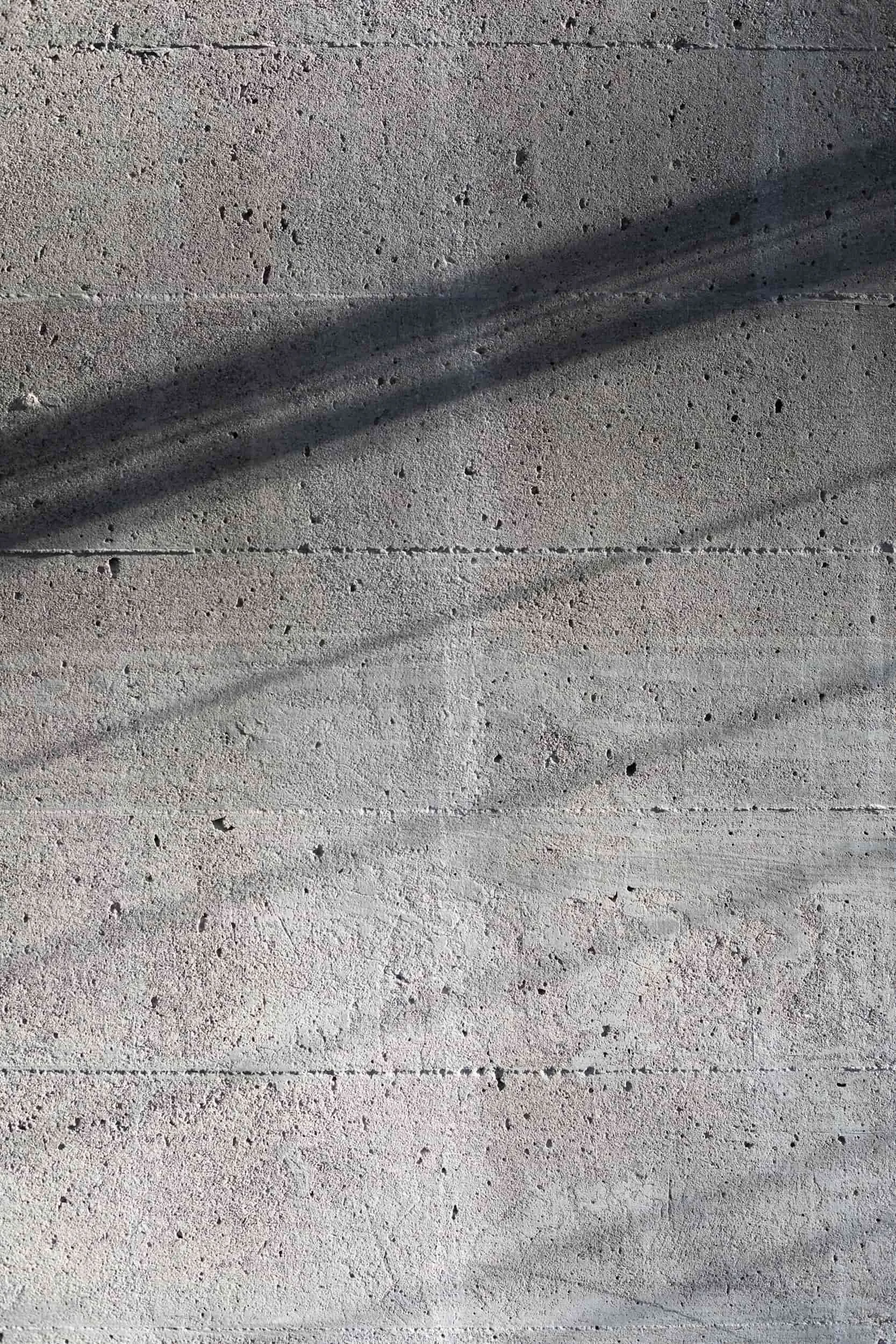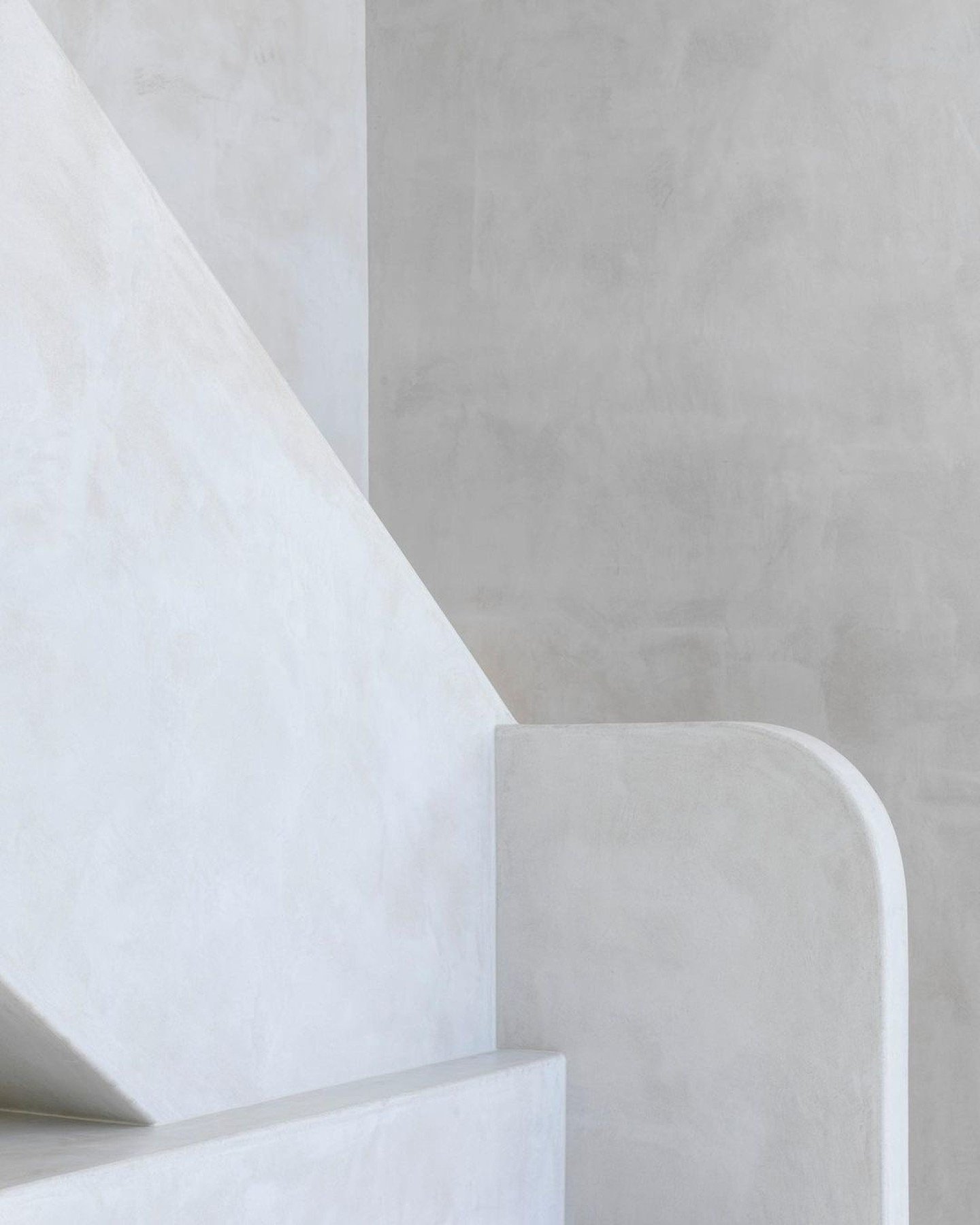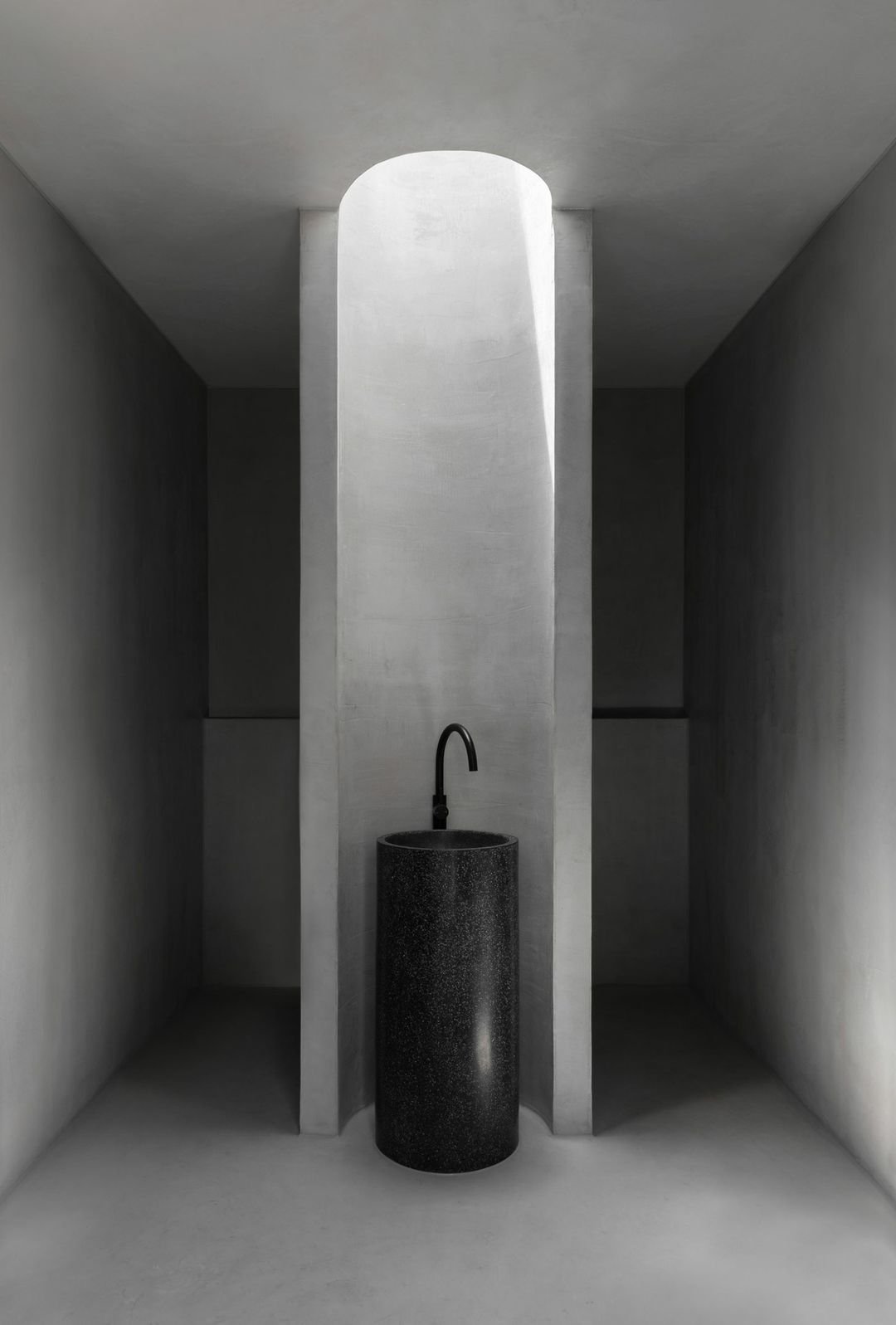What Is Concrete Resurfacing And How Can You Do It?
If you’re researching concrete resurfacing, you might first be wondering: what exactly does it involve?
Essentially, concrete resurfacing encompasses any process of replacing an old concrete slab. You’d be considering this option if you have discoloured, damaged or cracked concrete.
There are multiple ways to do this, and we’ll take you through them in this article.
One thing to get out of the way before we start — we don’t recommend simply pouring new concrete on top of the old. Any surfacing professional will tell you that this is setting yourself up for disaster. A new concrete slab won't properly adhere to the surface beneath it, because concrete doesn’t contain any bonding agents in its formula. This means a fast route back to where you started; with concrete in bad condition.
How to Resurface Concrete
Re-Lay a new slab
Replacing a damaged concrete slab with a brand new one is the most traditional resurfacing method. This would mean ripping out the old concrete and having it completely re-laid from start to finish.
The downside of this is that the costs of demolition can add up — not to mention it’s a time consuming process, involving both removal of the existing surface and installation of the new one.
2. Install a concrete overlay
Looking for a newer, more innovative way to resurface? Concrete overlays are the answer. This refers to any surfacing material that can be applied straight over the existing concrete. It’s faster and easier than re-laying a new slab, as it doesn’t involve any demolition.
Concrete overlay systems usually consist of sand, cement, liquid polymer and colour pigment all mixed together. The polymer is what allows them to adhere to the surface underneath, unlike concrete (as mentioned above).
Overlay systems are our speciality, and we’ve been supplying advanced overlay solutions to installers around Australia for 25 years. Read more about how concrete overlays work.
3. Use microcement
One of the most popular concrete resurfacing overlays among designers, builders and home owners is microcement. Microcement is applied as a thin 3mm coating on top of the existing concrete slab — as well as a range of other substrates, too.
Ultimately, microcement will achieve a similar look to concrete with more advantages. It’s just as strong and durable, but has an easier installation process, a wider range of applications, and more versatile design options.
4. Fix cracks with an anti-fracture membrane
Sometimes all you need is an anti-fracture membrane to fill in the cracks, and your damaged concrete surface is fixed. For small fractures, especially where water leaks are an issue, this is an easy DIY solution. Learn more about our advanced anti-fracture and waterproofing membrane, SEMCO Liquid Membrane.
If you’re choosing to resurface concrete with an overlay, it needs to be in good condition. Any damage or cracks must be stabilised anyway with an anti-fracture measures. Our Liquid Membrane is one of the most advanced on the market. We train installers to apply it over any cracks to prepare a strong base for microcement application.
More intense damage would also need to be repaired in preparation for any overlays. See this in action to transform an old pool coping.
5. Concrete Colour Stain
If you just want a new colour for your concrete, completely replacing or overlaying the slab might be too extreme. There’s a much simpler solution if aesthetics are your only problem: concrete stains.
Our Concrete Colour Stain can change the colour of concrete, no matter how old it is. Because of its translucent water-based formula, it etches onto a concrete surface without totally covering its textural characteristics — great news for raw concrete lovers.
Through advanced engineering, this formula is provides a long-lasting colour finish by penetrating deep into the pores of the concrete. In addition, it also solidifies crumbling surfaces — so if you have a slightly damaged concrete slab and you want to refresh its colour, this is a great solution. Concrete stains are known for producing subtle, earth-toned shades that blend well with natural surroundings. It that’s your vision, Colour Stain is perfect.
Read our article on concrete colour stain for deeper insights.
10 Reasons We Recommend Microcement for Concrete Resurfacing
Renovations are a lot easier when you can remodel your surface without removal. By applying microcement by hand straight over the top of the old concrete, you can save yourself the costs and time of demolition.
Unlike alternatives like epoxy, microcement stands out for its versatility — suitable for both internal and external applications. While most concrete resurfacing products are limited to either one, microcement offers consistency in finish and colour from indoor to outdoor spaces.
X-Bond Microcement is applied at a depth of only 3mm over existing concrete, enabling a broader scope of use beyond traditional flooring or wall surfaces. Our expertise extends to intricate projects such as concrete staircases, joinery, and pool copings.
The minimal thickness also ensures no added height to your existing surface, making it the most seamless choice for concrete replacement.
When paired with our waterproofing membrane, X-Bond Microcement becomes suitable for wet areas like swimming pools, showers, sink basins, and gardens exposed to heavy rain.
Microcement seamlessly integrates with underfloor heating, the primary choice for concrete flooring heating systems.
Our X-Bond Microcement is also more durable than other overlay systems, thanks to added latex polymer for unmatched flexibility. The risk of cracks and delamination is greatly reduced. In fact, we’ve never had a delamination issue in almost three decades.
Originally invented as a concrete alternative, X-Bond offers a remarkably similar appearance to traditional concrete down to the slightly textured, imperfect finish.
For diverse design possibilities, the X-Bond range offers various texture finishes suitable for concrete resurfacing. For those desiring the classic concrete look, X-Bond Micro is the best choice.
Take your design up a level with 10 colours to choose from, including custom shades.
If you want to learn more about concrete resurfacing with our overlays, including X-Bond Microcement, feel free to get in touch with our team.









